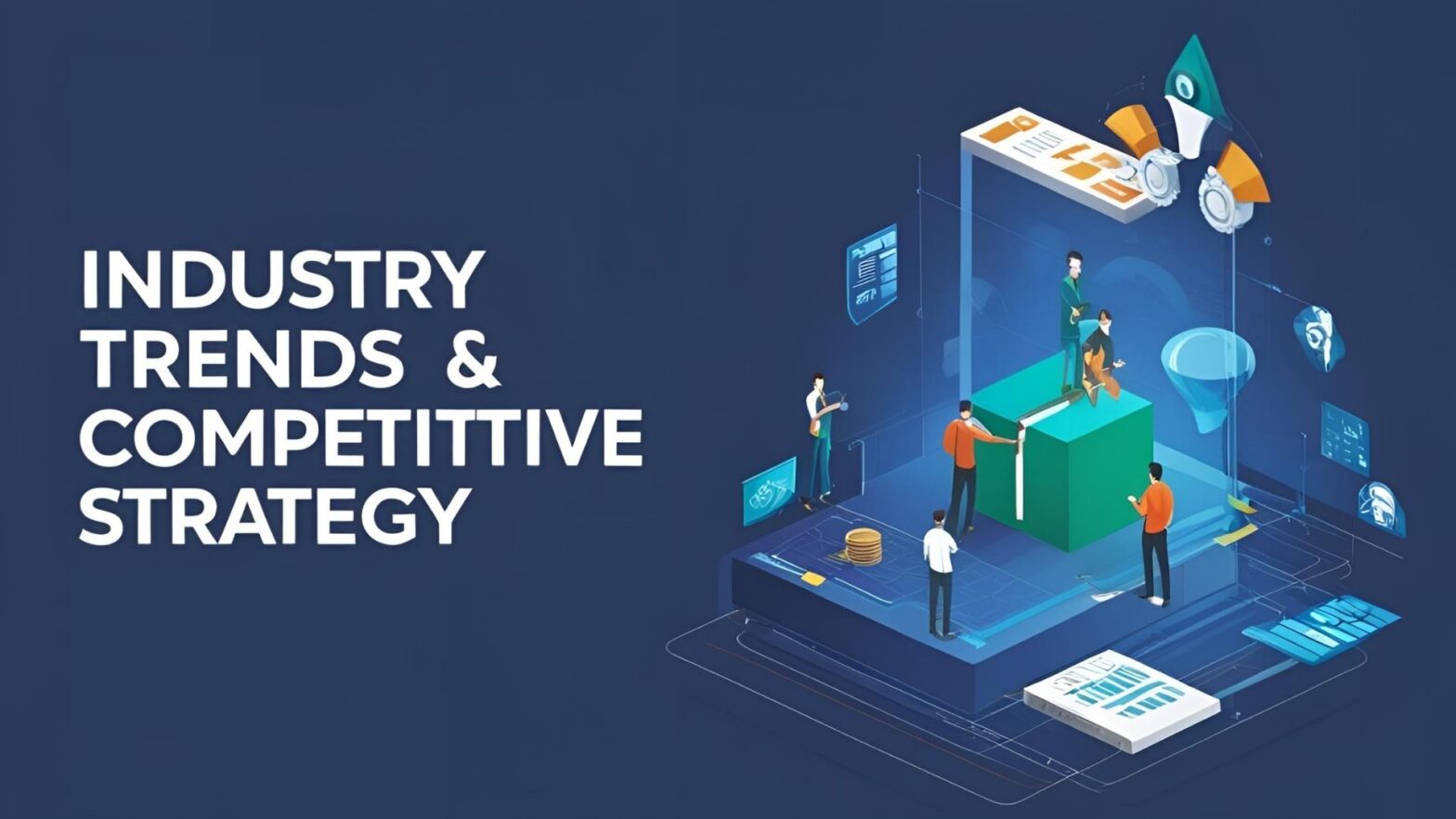Customer credit and billing management is a core component of business operations, especially for companies that offer goods or services on account. Properly managing credit terms, billing accuracy, and collections ensures consistent cash flow, minimizes financial risk, and enhances customer relationships. This comprehensive guide covers everything you need to know to implement and optimize your customer credit and billing processes.
🔑 1. What Is Customer Credit and Billing Management?
Customer Credit Management involves evaluating and monitoring customers’ creditworthiness, setting credit limits, and managing payment terms.
Billing Management refers to the process of invoicing customers, tracking payments, handling disputes, and maintaining accurate financial records.
Together, they form the backbone of accounts receivable operations, directly impacting cash flow, customer satisfaction, and profitability.
📊 2. Key Components of Credit and Billing Management
✅ Credit Management Includes:
Credit Application Process
Credit Checks and Scoring
Setting Credit Limits and Payment Terms
Monitoring Credit Usage and Risk
Handling Overdue Accounts and Collections
✅ Billing Management Includes:
Invoice Creation and Delivery
Payment Tracking
Dispute Resolution
Adjustments and Credit Memos
Reporting and Reconciliation
💡 3. Benefits of an Effective Credit and Billing System
Improved Cash Flow: Timely billing and disciplined credit controls ensure a steady flow of receivables.
Reduced Bad Debt: Careful vetting of creditworthiness reduces the risk of non-payment.
Better Customer Experience: Clear billing and flexible payment options enhance trust and loyalty.
Stronger Financial Reporting: Accurate and up-to-date records support better forecasting and compliance.
⚙️ 4. Credit Management Best Practices
📝 1. Create a Credit Policy
Establish a formal credit policy outlining:
Who is eligible for credit
How credit limits are determined
Terms of payment
Steps for collections
🔍 2. Run Credit Checks
Use credit bureaus (e.g., Dun & Bradstreet) and internal purchase history to evaluate a customer’s financial health before extending credit.
💳 3. Set Appropriate Credit Limits
Base limits on the customer’s credit score, order volume, and payment history. Adjust over time based on performance.
📉 4. Monitor Accounts Regularly
Track aging reports to identify customers at risk of default. Use ERP systems or AR dashboards to flag overdue accounts early.
📞 5. Have a Collection Strategy
Define a collections workflow:
30 days: Friendly reminder
60 days: Formal notice
90+ days: Collections agency or legal action
📑 5. Billing Management Best Practices
🧾 1. Automate Invoicing
Use billing software or ERP systems to:
Generate invoices automatically upon order fulfillment
Reduce errors
Speed up processing
📧 2. Use Digital Delivery Methods
Send invoices via email or customer portals for faster delivery and confirmation. Avoid postal delays.
📆 3. Establish Clear Payment Terms
Include:
Due date
Accepted payment methods
Early payment discounts or late fees
💵 4. Offer Multiple Payment Options
Encourage timely payments by accepting ACH, credit cards, wire transfers, or digital wallets.
🔄 5. Reconcile and Follow Up Promptly
Regularly reconcile payments against invoices and follow up on discrepancies or partial payments.
📈 6. Measuring Credit and Billing Performance
Track these KPIs to assess performance and identify areas for improvement:
KPIWhat It Measures
Days Sales Outstanding (DSO)Average number of days to collect payment
Aging of Accounts ReceivablePercentage of overdue invoices
Bad Debt RatioWrite-offs as a % of total credit sales
Billing Accuracy Rate% of invoices sent without errors
Dispute Resolution TimeAverage time to resolve billing disputes
🔄 7. Integrating ERP Systems for Credit & Billing
Modern ERP systems like NetSuite, SAP, Microsoft Dynamics, or QuickBooks can automate and centralize credit and billing processes. Key features include:
Real-time credit limit tracking
Automated invoicing
Payment reminders
Integration with banking systems for reconciliation
Role-based dashboards for finance teams
Benefits:
Reduced manual data entry
Improved accuracy and visibility
Faster processing and collections
🛡️ 8. Compliance and Security Considerations
PCI DSS Compliance: Ensure payment systems follow PCI standards when handling credit card data.
Data Privacy: Follow regulations like GDPR or CCPA for customer data protection.
Audit Trails: Maintain detailed logs of invoice creation, edits, and approvals.
🔄 9. Managing Returns, Credits, and Disputes
Automated Credit Memos: Quickly issue credits for returned items or billing errors.
Dispute Management Workflows: Use ticketing systems or ERP case management to track and resolve issues efficiently.
Transparent Policies: Publish your return and dispute policies clearly to avoid customer confusion.
🔄 10. Common Challenges and How to Overcome Them
ChallengeSolution
Late PaymentsAutomate reminders, offer early-pay incentives
Invoicing ErrorsUse integrated ERP or billing software
Credit RiskPerform regular credit assessments
Customer DisputesSet clear terms and maintain thorough documentation
Manual ProcessesDigitize and automate as much as possible
📚 Conclusion
Customer credit and billing management is more than just issuing invoices and collecting payments—it’s about optimizing cash flow, reducing financial risk, and building strong customer relationships. By implementing best practices, leveraging ERP technology, and tracking performance KPIs, businesses can create a more efficient, accurate, and scalable credit and billing system.
Want help selecting tools or designing a credit policy tailored to your business? Let me know—I’d be happy to help!


